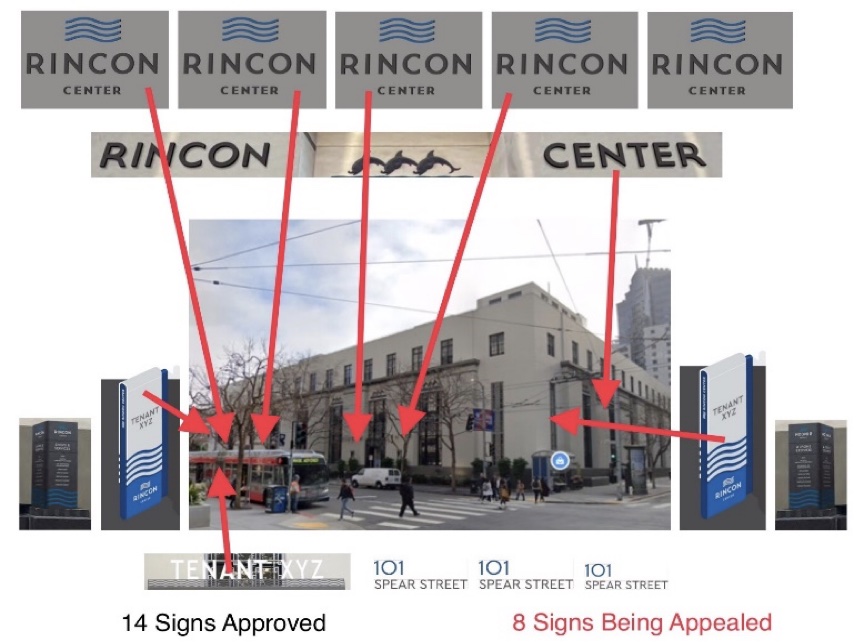By Joe Eskenazi : missionlocal – excerpt
An academic study published today in the International Journal of Drug Policy noted a statistic one needn’t be a doctor nor a mathematician to grasp: 333 overdoses were recorded at the Tenderloin Center, and 333 of those overdoses were reversed.
The Tenderloin Center, a clandestine overdose-prevention site at which clients could use drugs overtly, was open from January to December, 2022, and recorded 124,100 visits. The perfect record on overdose prevention, wrote lead author Dr. Leslie Suen of the University of California, San Francisco, points to the site being “an effective harm-reduction strategy to save lives.”
With the Tenderloin Center shuttered after 11 months of operation, the city is presently on pace for perhaps its highest recorded number of overdoses yet. Citing a federal law actually known as “the Crack House Statute,” neither City Attorney David Chiu nor Mayor London Breed are game to continue operating such an overdose-prevention site in contravention of that law, despite the fact the city clearly did so for nearly all of 2022, and the statute of limitations for violating the Crack House Statute is five years…
But, while the Tenderloin Center’s record on reversing overdoses was perfect, the policies undergirding this hastily thrown together site were not. Staff here were mandated by the city to call 911 every time naloxone was administered to a person overdosing on drugs. This resulted in hundreds and hundreds of calls to 911 and the scrambling of emergency responders to visit the site. Far more often than not, by the time they arrived, the drug user had been revived and did not need or want to take an ambulance ride to the hospital, resulting in a waste of time and money and a diversion of emergency personnel…
There is another option to reverse many overdoses, however, that avoids the incessant 911 calls: Oxygen. This was used at the Tenderloin Center a few months into its operation, and is the subject of the academic paper, formally titled “Evaluating Oxygen Monitoring and Administration during Overdose Responses at a Sanctioned Overdose Prevention Site in San Francisco, California: A Mixed-Methods Study.” …
The 911 policy was described by the Department of Emergency Management as ensuring “additional life safety measures were in place to protect against the lethality of a fentanyl overdose. … Please keep in mind that when the Tenderloin Center was established, San Francisco was testing new approaches to address the overdose epidemic.”…(more)
RELATED:
Evaluating oxygen monitoring and administration during overdose responses at a sanctioned overdose prevention site in San Francisco, California: A mixed-methods study


